Fragrance Oils (as opposed to Essential Oils) are manufactured oils and contain synthetic constituents enabling, through the effective mix of these ingredients, the production of a large variety of delightful fragranced candles and other products such as soap and diffusers.
Proportion of Fragrance Oil to Wax
Candle making is a highly enjoyable hobby, but it must be remembered that it is almost never an exact science. The art of creation is through experimentation. Therefore, it is very difficult to simply state a single specific proportion as the density of each fragrance is different, meaning that to get the same ‘level’ of fragrance between different fragrances you would need to add more ml of less dense oil than you would with a denser oil. Therefore, it is always recommended to weigh your fragrance (grams) to be exact rather than use ml. Also, some fragrances are stronger smelling than others – so you need to add less of a stronger smelling fragrance to your candle than a lighter scent.
With paraffin wax (the most common used), as a guide you can start with 5-8% (for example, 8 grams of fragrance oil to 100 grams of wax) for a lightly scented fragrance and 8-10% for a strong scented one. With soy wax you may want to increase the percentage by a couple of percent until you reach the desired strength. The basic principle here is that it is both a science and an art and we can give guides to start in the right direction, but it is down to the candle maker to find what works for them with each fragrance and this is half the fun of candle making.
As a general rule, you should never put in more than 12% fragrance as the candle will literally begin to sweat or leach the fragrance (aka bleeding). Visually, you will see oil on the external surface of the candle when removing it from the mould. Of course, this can be simply wiped away. You can also occasionally get some unwanted smoking or sputtering from the wick if too much fragrance oil is used.
If you are combining different fragrance oils it is important to bear in mind that you cannot add the maximum amount of each scent you would use to the candle, but rather a combination that adds up to the maximum amount.
Once you have decided on how much to use, add the fragrance oil to the wax once the wax has fully melted in the mould/container and stir in for at least two minutes to allow it to fully bond with the wax.
Flash Points
Almost all fragrance oils have what is referred to as a Flash Point – the temperature at which the oil will start to vaporise and evaporate. Unfortunately, there is no standard temperature relating to the Flash Point as it does vary depending on which fragrance oil is being used (see below). If the temperature of the wax is over the recommended maximum flash point temperature, the oil will be evaporating whilst you are adding it and the candle will lose fragrance the whole time as it is cooling until it cools below the flash point leaving you with a less scented candle.
It is generally recommended that you mix most fragrances when the wax is slightly below the temperature indicated in the table below – this ensures that it binds effectively to the wax to give a good scent throw (poorly bound fragrance won’t throw well and will again result in a less scented candle). However, for fragrances with a flash point lower than 80°C you should mix them at their flash point and below about 70°C you should ensure you stir for a few minutes to aid the binding process.
| Maximum IFRA Recommended Concentration (%) | ||||
|---|---|---|---|---|
| Fragrance Oil | Flash Point Temperature | Candles | Diffuser | Soap |
| 1 Million Type | 93 °C | 100% | 100% | 100% |
| Acqua Di Gio Type | 93 °C | 100% | 100% | 7.14% |
| Alien Type | 80 °C | 60% | 60% | 11.99% |
| Angel Type | 93 °C | 100% | 100% | 7.57% |
| Apple Cinnamon | 69 °C | 100% | 100% | 0.23% |
| Baby Powder | 93 °C | 100% | 100% | 5% |
| Baies | 93 °C | 100% | 100% | 6.73% |
| Baltic Amber & Clove | 93 °C | 100% | 100% | 10.31% |
| Bibliotheque | 93 °C | 100% | 100% | 2.5% |
| Blackberry & Bay | 93 °C | 100% | 100% | 7.24% |
| Black Cherry | 76 °C | 100% | 100% | 5% |
| Black Coconut | 100 °C | 100% | 100% | 100% |
| Blueberry Muffin | 93 °C | 100% | 100% | 4.76% |
| Bubblegum | 79 °C | 100% | 100% | 10% |
| Candy Cane Swirl | 93 °C | 100% | 100% | 100% |
| Candy Floss | 83 °C | 100% | 100% | 100% |
| Candy Hearts | 90 °C | 100% | 100% | 7.17% |
| Cappuccino | 93 °C | 100% | 100% | 100% |
| Caramel | 93 °C | 100% | 100% | 10.53% |
| Cedarwood & Jasmine | 93 °C | 100% | 100% | 14.31% |
| Chamomile | 93 °C | 100% | 100% | 23.36% |
| Champagne & Roses | 94 °C | 100% | 100% | 8.61% |
| Chocolate | 93 °C | 100% | 100% | 7.6% |
| Chocolate Orange | 92 °C | 100% | 100% | 9.76% |
| Christmas Spice | 76 °C | 83.33% | 83.33% | 0.37% |
| Cinnamon Stick | 93 °C | 100% | 100% | 0.25% |
| Cinnamon Vanilla | 95 °C | 50% | 50% | 0.14% |
| Citronella | 91 °C | 100% | 100% | 7.14% |
| Citrus Basil | 80 °C | 100% | 100% | 8.79% |
| CK One Mens Type | 88 °C | 100% | 100% | 41.56% |
| Coconut | 93 °C | 100% | 100% | 28.57% |
| Coconut Lime | 80 °C | 100% | 100% | 7.83% |
| Coffee | 93 °C | 100% | 100% | 0.4% |
| Cranberry Wreath | 81 °C | 100% | 100% | 6.67% |
| Creed Type | 93 °C | 100% | 100% | 14.81% |
| Crème Caramel | 93 °C | 100% | 100% | 6.51% |
| Cucumber Melon | 87 °C | 100% | 100% | 5.89% |
| English Pear & Freesia | 93 °C | 100% | 100% | 17.01% |
| Evergreen | 93 °C | 100% | 100% | 100% |
| Fig | 93 °C | 100% | 100% | 9.68% |
| Fragrance Five | 93 °C | 100% | 100% | 10.45% |
| Frankincense & Myrrh | 70 °C | 100% | 100% | 55.58% |
| French Lavender | 93 °C | 100% | 100% | 10% |
| French Pear | 65 °C | 100% | 100% | 0.91% |
| French Vanilla | 93 °C | 100% | 100% | 7.62% |
| Fresh Cut Grass | 93 °C | 100% | 100% | 10.80% |
| Fresh Linen | 93 °C | 100% | 100% | 100% |
| Fresh Mint & Rhubarb | 87 °C | 100% | 100% | 5.01% |
| Fudge | 93 °C | 100% | 100% | 6.44% |
| Gardenia | 93 °C | 100% | 100% | 41.67% |
| Gingerbread | 93 °C | 100% | 100% | 5.56% |
| Green Tea | 84 °C | 100% | 100% | 9.09% |
| Honey | 95 °C | 100% | 100% | 4.35% |
| Hot Apple Pie | 82 °C | 100% | 100% | 1.56% |
| Jasmine | 95 °C | 100% | 100% | 6.67% |
| Juicy Orange | 70 °C | 100% | 100% | 100% |
| Lady Million Type | 93 °C | 100% | 100% | 6.96% |
| Lemon | 76 °C | 100% | 100% | 20% |
| Lemon Sherbet | 65 °C | 100% | 100% | 15.04% |
| Lilac | 93 °C | 100% | 100% | 5% |
| Lime Basil & Mandarin | 93 °C | 100% | 100% | 76.92% |
| Lost Cherry Type | 93 °C | 100% | 100% | 16.67% |
| Mango | 93 °C | 100% | 100% | 33.33% |
| Mango & Papaya | 69 °C | 100% | 100% | 13.33% |
| Mango & Passionfruit | – | 100% | 100% | 100% |
| Marshmallow | 93 °C | 100% | 100% | 7.25% |
| Midnight Passion | – | 100% | 100% | 51.62% |
| Miss Fragrance | 93 °C | 100% | 100% | 8.19% |
| Mulled Wine | 93 °C | 100% | 100% | 6.67% |
| Nutcracker | 93 °C | 100% | 100% | 0.83% |
| Ocean | 95 °C | 100% | 100% | 4.76% |
| Oud | 70 °C | 100% | 100% | 8.59% |
| Palm Garden | 93 °C | 100% | 100% | 6.78% |
| Parma Violets | 100 °C | 100% | 100% | 1% |
| Pear Drop | 65 °C | 100% | 100% | 0.91% |
| Peony Petals | 93 °C | 100% | 100% | 20% |
| Pineapple Mango | 91 °C | 100% | 100% | 100% |
| Pink Grapefruit | 65 °C | 100% | 100% | 20.05% |
| Plum & Mulberry | 83 °C | 100% | 100% | 10.26% |
| Pomegranate | 93 °C | 100% | 100% | 2% |
| Pumpkin Spice | 78 °C | 100% | 100% | 1.66% |
| Raspberry | 95 °C | 100% | 100% | 55.56% |
| Red Apple | 93 °C | 100% | 100% | 25% |
| Red Berry & Holly | 81 °C | 100% | 100% | 8.31% |
| Red Roses | 93 °C | 100% | 100% | 20% |
| Salted Grapefruit | 77 °C | 100% | 100% | 30.77% |
| Sandalwood Vanilla | 93 °C | 100% | 100% | 31.55% |
| Snowflake | 70 °C | 100% | 100% | 40% |
| Strawberry | 70 °C | 100% | 100% | 100% |
| Strawberry Bon Bon | 90 °C | 100% | 100% | 3.33% |
| Strawberry Vanilla | 90 °C | 100% | 100% | 3.33% |
| Sugared Berry | 93 °C | 100% | 100% | 1.54% |
| Sun Drenched Apricot Rose | 93 °C | 100% | 100% | 9.78% |
| Sweet Fig | 93 °C | 100% | 100% | 6.67% |
| Sweet Grace Type | 83 °C | 100% | 100% | 10% |
| Sweet Mint & Eucalyptus | 91 °C | 100% | 100% | 19.05% |
| Tea Tree | 84 °C | 100% | 100% | 100% |
| Teakwood | 93 °C | 100% | 100% | 13.32% |
| Tomato Vine | 87 °C | 13.09% | 13.09% | 0.65% |
| Tonka & Tobacco Flower | 93 °C | 100% | 100% | 1.22% |
| Tutti Frutti | 63 °C | 100% | 100% | 6.25% |
| V&R Flowerbomb Type | 93 °C | 100% | 100% | 11.03% |
| Vintage & Vetiver | 93 °C | 100% | 100% | 8.74% |
| Watermelon | 93 °C | 100% | 100% | 10% |
| Wild Mint | 93.°C | 100% | 100% | 55.56% |
| Winter Pine | 93 °C | 100% | 100% | 6.46% |
| Winter Spruce | 100 °C | 100% | 100% | 4.1% |
| Wood Sage & Seasalt | 93 °C | 100% | 100% | 17.15% |
| Wood Smoke Vanilla | 84 °C | 100% | 100% | 1.67% |
Will you be selling your candles?
If you intend to sell your candles (even if on a small scale) and have used candle fragrance, you are required to incorporate safety notices on the labelling and/or packaging. This should include symbols that show the extent of any hazard associated with the use of candle fragrance. These symbols can be found on the internet (through ‘google images’ for example) and also within our CLP sheets (see note below).
Safety Notice
If you have never used Fragrance oils before and/or you have a predisposition to allergies, please ensure you read the safety data sheet (SDS) before purchasing. This document can be found by clicking on the ‘Data Sheets’ tab on each individual product listing.
You may want to consider wearing protective goggles and gloves when handling the fragrance oil, although this is not always necessary providing you are careful; our fragrances oils are highly concentrated. Careful when sniffing the fragrance in its concentrated form, don’t inhale too much as it can be overwhelming.
If you get any fragrance oil on your skin, simply wash it off with soap until there is no residual smell. If you develop any irritation or itching seek medical advice immediately. If you splash any of the oil into your eyes, continuously sprinkle water into your eye for at least 5 to 10 minutes. Obtain medical advice if there remains any discolouration, irritation or soreness.
In the rather unlikely event that you ingest any fragrance oil, then drink some water and/or milk. If you feel any discomfort, seek medical advice.
As much as we recommend involving children in candle making – please make sure they do wear gloves and protective goggles when handling the oils and supervise them at all times ensuring safe handing.
What is the IFRA (International Fragrance Association)?
Cosy Owl conforms to all IFRA advice given in relation to safety standards and general industry expectations and guidance. One of the purposes of IFRA is to provide direction as to what percentage of fragrance to put in each application (e.g. candle making, diffusers, soap) – see table above.
What are SDS & CLP documents?
You will see on the product listings for candle fragrances, reference to two documents. By Law we are required to provide customers with this information. We always recommend having a look at these documents before purchasing any fragrance.
SDS (Safety Data Sheet) – This document provides information as to the composition of the fragrance and warnings with regards to potential risks candle fragrance presents and instructions as to the safe operation and use of these products.
CLP (EU Classification, labelling and Packaging Regulations) – This document provides necessary safety warnings specifically in relation to the transport and handling of the fragrance. Some fragrances are more hazardous than others. Generally speaking, the greater the percentage of concentrated fragrance used, the more hazardous; therefore, the greater the need to check before usage.




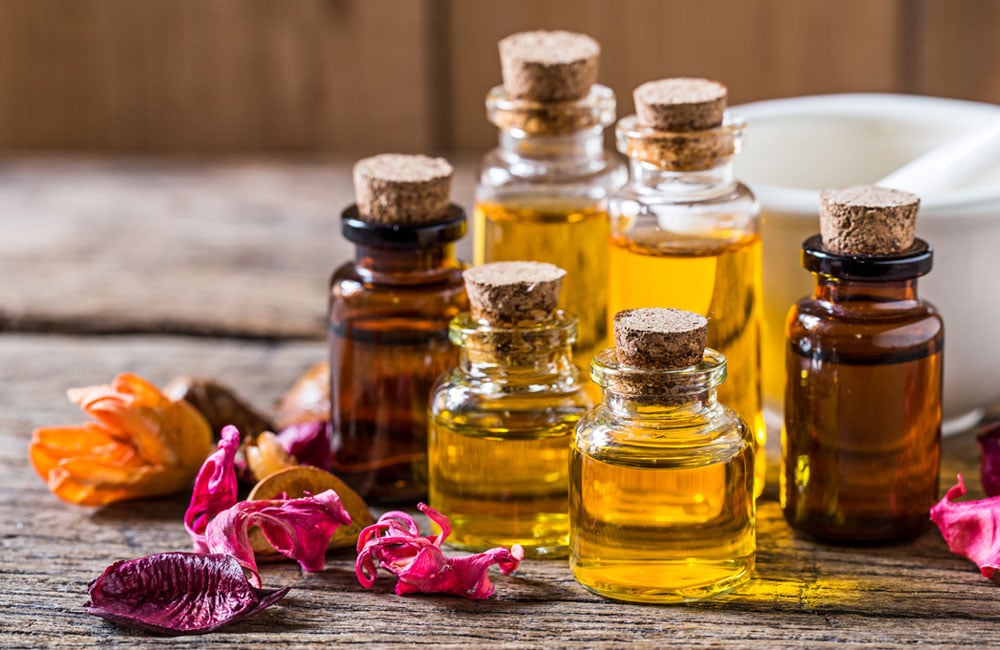
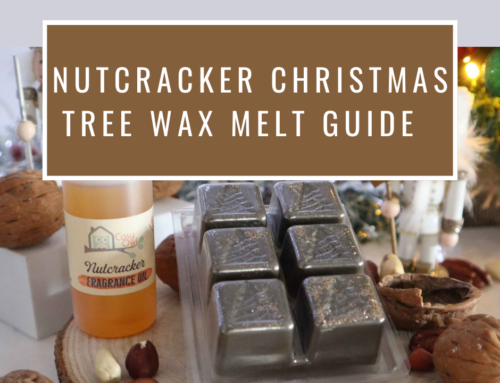
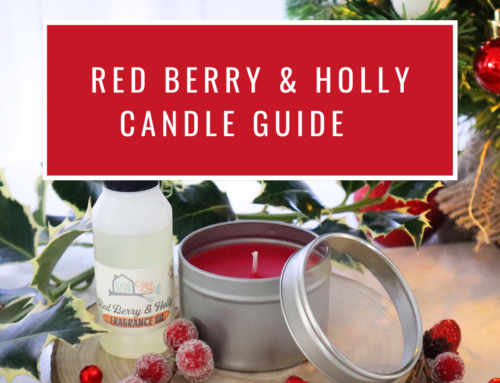
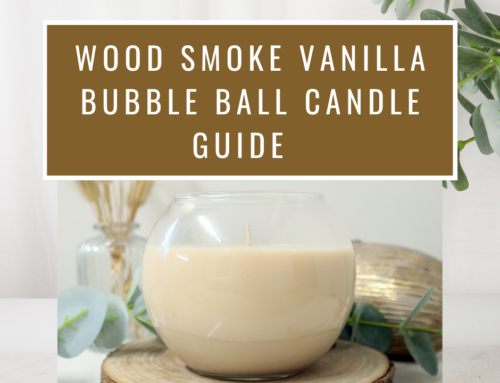
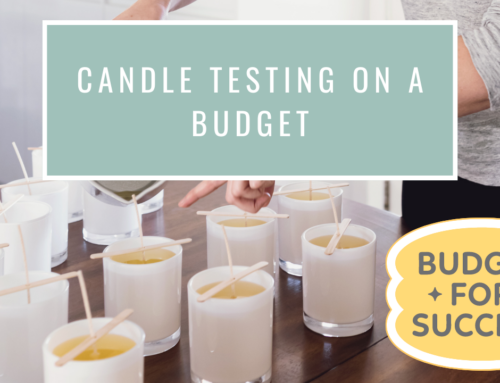

I had been looking for a detailed guide for fragrance oils for quite some time. Thank you for such a wonderful resource. Love how you have explained the concepts in easy terms.
This article is a fantastic resource for both beginners and experienced users of fragrance oils. It provides a wealth of information that will elevate our fragrance experiences. Thank you.